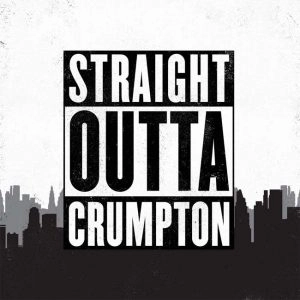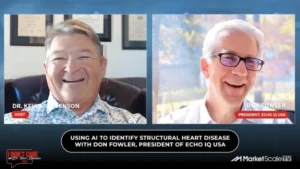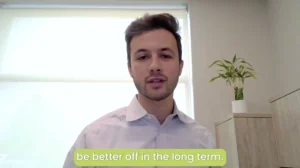Digital Experiences, Product Differentiation, and Wearables Drive Consumer Luxury Spending
According to the 2023 PWC Global Consumer Insights Pulse Survey, 63% of consumers are holding back on non-essential spending. According to a Criteo survey, despite consumers general reluctance to spend, luxury spending is on the rise. The survey found that 70% of high-income shoppers are spending the same or more on luxury goods while 54% of low- to middle-income shoppers have similar plans to do the same.
Luxury brands are now more accessible to consumers through various means including social media and other digital advertising channels. A report by Bain & Co. found that the luxury brands in Europe and the United States saw positive growth in 2022 and projected that the luxury market will reach roughly $1.45 trillion by the end of that year.
However, things may slow down, according to a PWC Consumer Insights Survey. Luxury/premium products, travel, and fashion are expected to be hit the hardest over the next six months. However, the survey also found that there still is an appetite for future spending. 40% of consumers indicate they will look to treat themselves and others with luxury items while 39% view luxury items as better quality items.
With so many predictions for growth and decline, what is driving the increase in luxury spending and will consumers continue to spend on luxury goods as time goes on? Jennifer Meresca, COO for Genpact Consumer & Healthcare Consulting Division, has been watching these trends closely for the last several months. Here’s her assessment of the luxury spending’s outlook for 2023, as well as what’s motivating this uptick in consumer spending.
Jennifer‘s Thoughts
“Luxury retail continues to anticipate a 3% to 8% growth in 2023. We are tracking key trends with our clients and their customers that are driving this outlook. Given the continued interest in luxury goods, despite global economic pressures, brands are expanding their customer base through channels such as digital and metaverse experiences, product differentiation through accessories, and focus on healthcare through luxury wearable technology.”








